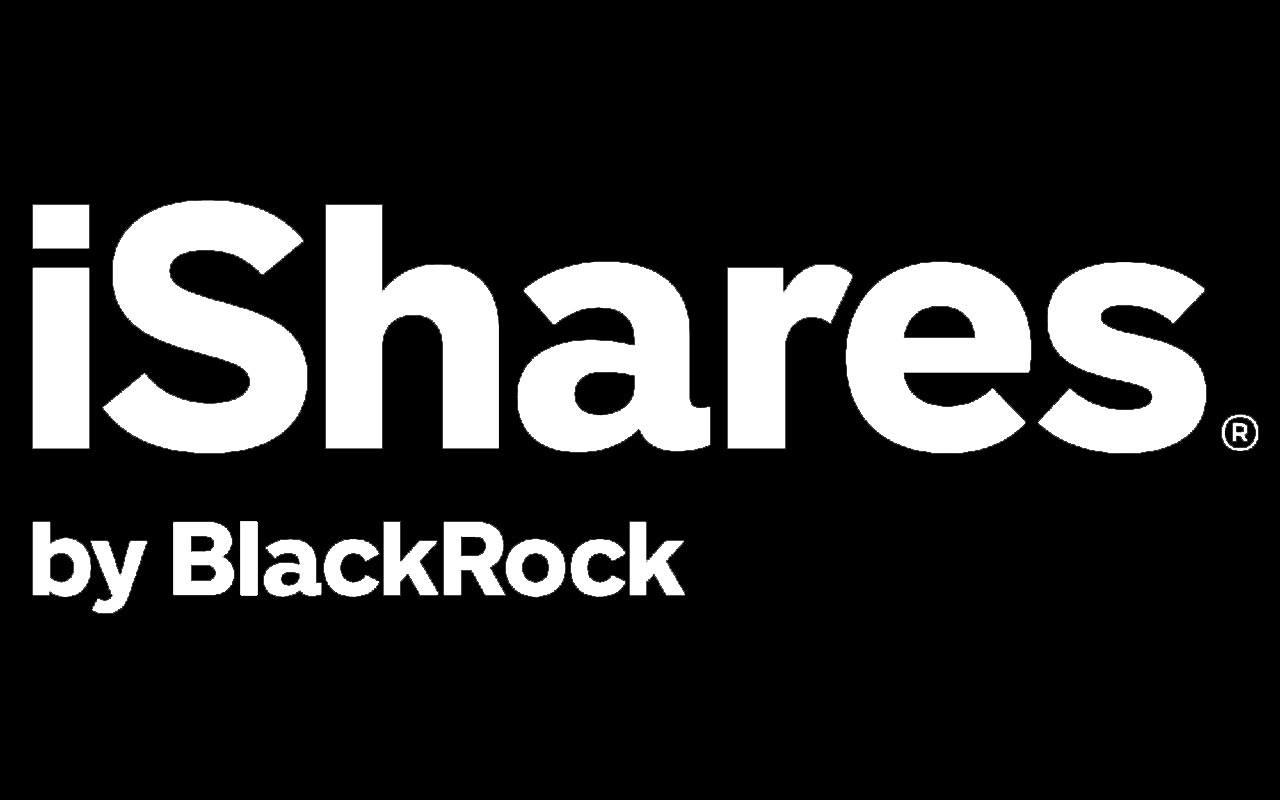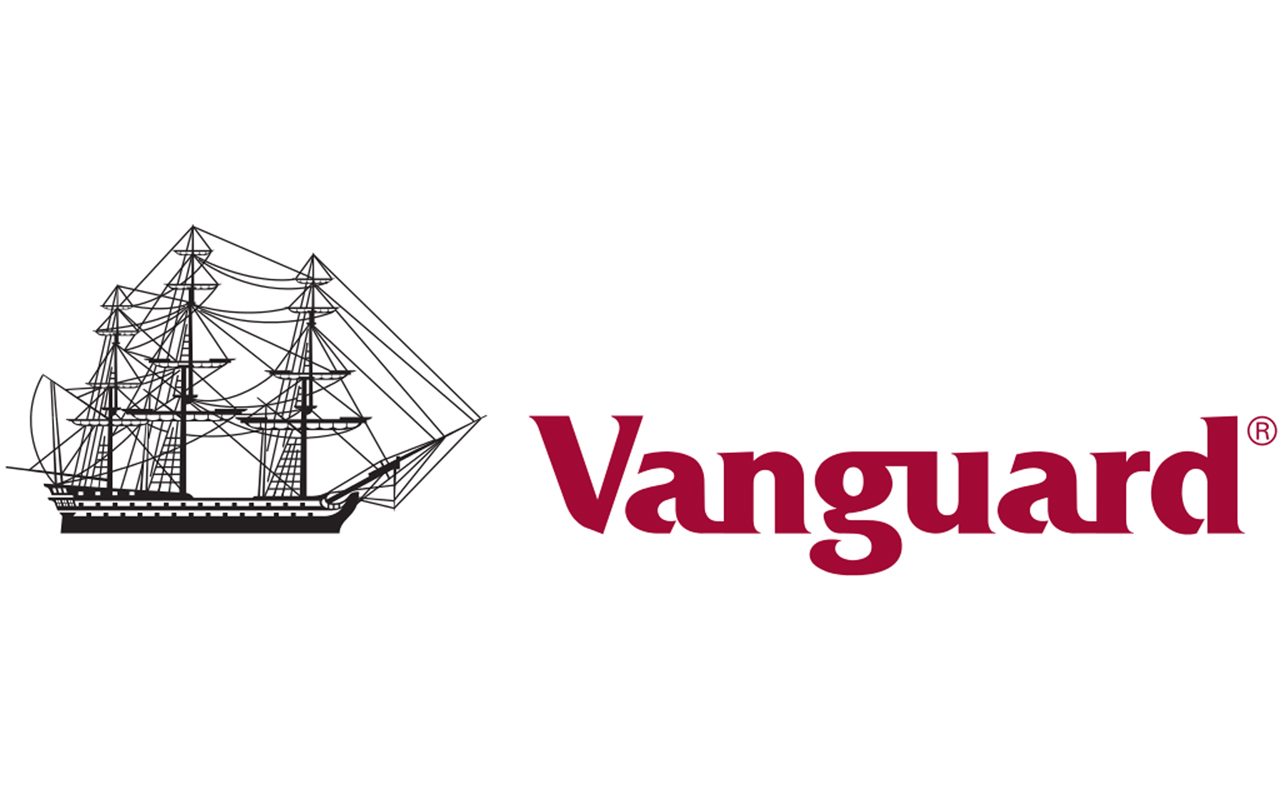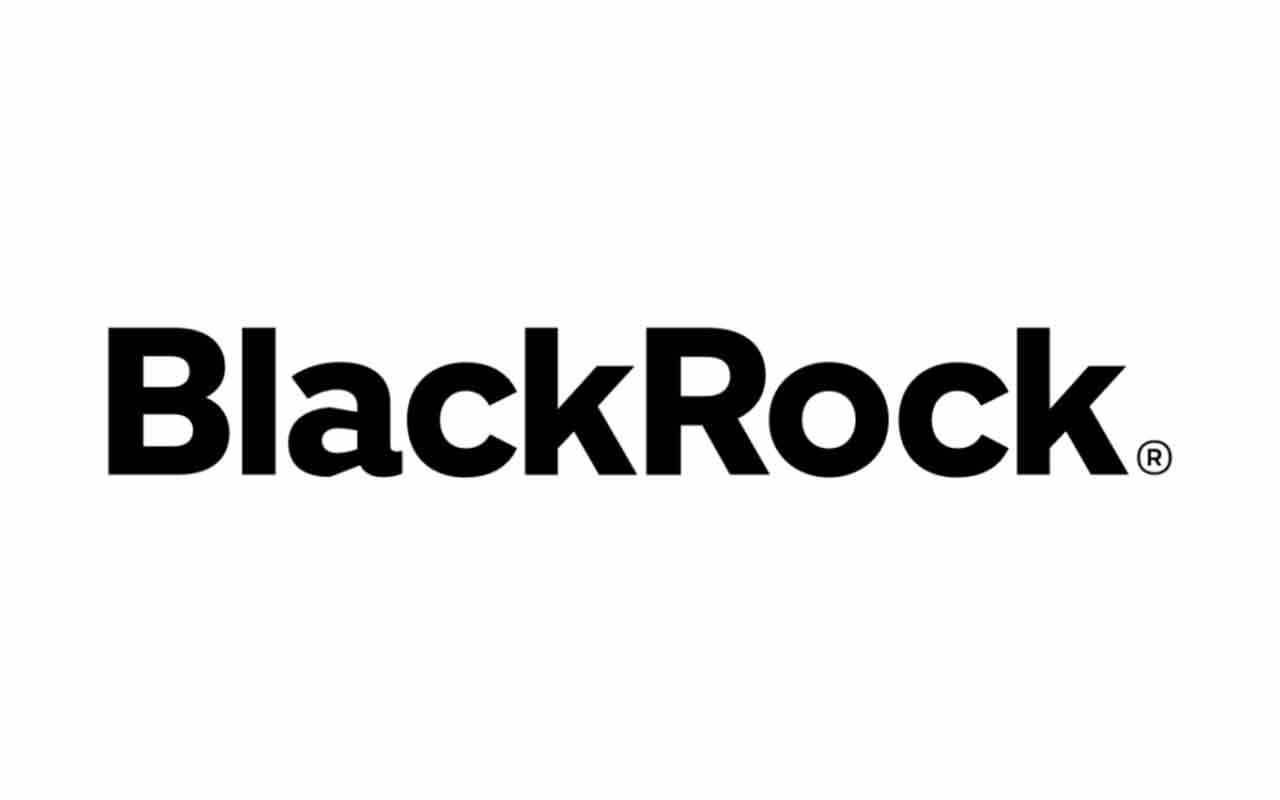12 Bond Mutual Funds and ETFs to Buy for Protection
Bond mutual funds and ETFs have run up during this tumultuous year, but many can still shield investors from future volatility and stock losses.

When the stock market took a beating this spring, nervous investors looked to bond mutual funds and exchange-traded funds (ETFs) for protection and sanity. After all, fixed income typically provides regular cash and lower volatility when markets hit turbulence.
And the markets absolutely hit turbulence. For instance, between Feb. 19 and March 10, not only did the S&P 500 experience a historically rapid loss of 14.8% – it experienced a dramatic rise in volatility, too, hitting its highest level on that front since 2011, says Jodie Gunzberg, chief investment strategist at New York-based Graystone Consulting, a Morgan Stanley business. The index's losses and volatility escalated even more through the March 23 lows.
However, bonds offer ballast – "not only downside protection but also moderate upside potential as investors tend to seek out the safety of U.S. government and investment-grade corporate bonds amid stock market uncertainty" – says Todd Rosenbluth, senior director of ETF and mutual fund research at CFRA, a New York-based investment research company.
Bond prices often are uncorrelated to equities. Stocks typically do well in periods of economic growth, whereas bonds typically do well in periods of declining economic activity, Gunzberg says. The Federal Reserve has also thrown in its support, buying up corporate bonds and even bond ETFs over the past couple months, in turn driving up private purchases of debt.
Indeed, bond funds have done extremely well in 2020. Of course, yields have thinned out and their room for upside has shrunk as a result. Nonetheless, investors still can find stability and some measure of income in these products.
Here are 12 bond mutual funds and bond ETFs to buy. These funds offer diversified portfolios of hundreds if not thousands of bonds, and most primarily rely on debt such as Treasuries and other investment-grade bonds. Just remember: This is an unprecedented environment, and even the bond market is acting unusually in some areas, so be especially mindful of your own risk tolerance.
Returns and data are as of July 21, unless otherwise noted. For mutual funds, returns and data are gathered for the share class with the lowest required minimum initial investment – typically the Investor share class or A share class. If you use an investment adviser or online brokerage, you may be able to buy lower-cost share classes of some of these funds. Yields are SEC yields, which reflect the interest earned after deducting fund expenses for the most recent 30-day period and are a standard measure for bond and preferred-stock funds.

iShares Core U.S. Aggregate Bond ETF
- Assets under management: $71.0 billion
- SEC yield: 1.3%
- Expenses: 0.04%, or $4 annually for every $10,000 invested
Just like S&P 500 trackers such as the iShares Core S&P 500 ETF (IVV) are how you invest in "the market," the iShares Core U.S. Aggregate Bond ETF (AGG, $119.08) is effectively the way to invest in "the bond market."
AGG is an index fund that tracks the Bloomberg Barclays U.S. Aggregate Bond Index, or the "Agg," which is the standard benchmark for most bond funds. This portfolio of more than 8,150 bonds is heaviest in Treasuries, at a 38% weight, but also has significant exposure to corporate debt (28%) and mortgage-backed securities (MBSes, 25%), as well as sprinklings of agency, sovereign, local authority and other bonds.
This is an extremely high-credit-quality portfolio that has 69% of its assets in AAA debt, the highest rating possible. The rest is invested in other levels of investment-grade bonds. That makes AGG one of the best bond ETFs if you're looking for something simple, cheap and relatively stable compared to stocks.

Vanguard Total Bond Market ETF
- Assets under management: $58.0 billion
- SEC yield: 1.2%
- Expenses: 0.035%
The Vanguard Total Bond Market ETF (BND, $88.99) is another name in broad-exposure bond funds. It targets U.S. investment-grade bonds and is geared for investors with medium- or long-term goals.
"Total" bond ETFs like BND incorporate a wide spectrum of fixed-income investments in a passively managed vehicle, says Mike Loewengart, managing director of investment strategy at online brokerage firm E*Trade Financial.
"Fixed-income investments can add ballast to your portfolio, especially during wild market swings," he says. "Investors leverage bonds because they are more predictable than equity investments, albeit a bit more boring, which turns off some investors."
BND holds more than 9,650 bonds, with about 42% of those holdings in Treasury and other agency debt, 29% in investment-grade corporates, 24% in MBSes and the rest sprinkled across bonds such as sovereign debt and asset-backed securities (ABSes). It's also available as a mutual fund (VBTLX).
Learn more about BND at the Vanguard provider site.
13 Best Vanguard Funds for the Next Bull Market

iShares Core Total USD Bond Market ETF
- Assets under management: $5.2 billion
- SEC yield: 1.7%
- Expenses: 0.06%*
The iShares Core Total USD Bond Market ETF (IUSB, $54.78) is another strong core bond fund that provides a blend of primarily investment-grade debt, but it also has some exposure to higher-yield bonds that AGG doesn't.
IUSB's portfolio, which includes nearly 10,000 bonds, is most heavily weighted in investment-grade corporate debt from the likes of AT&T (T) and JPMorgan Chase (JPM), at a third of assets. Another 31% is invested in Treasuries, and 23% is allocated to mortgage-backed securities. The rest is sprinkled among agency issues, international sovereign debt and other types of bonds.
This indexed ETF does have a "slight exposure to high-yield bonds, which tend to do better in a risk-on environment," CFRA's Rosenbluth says. But otherwise, nearly 91% of this bond ETF's holdings are investment-grade, including a 58% slug in AAA-rated bonds.
The yield, at 1.7%, is about on par with the S&P 500 right now. But IUSB has been far, far less volatile than the blue-chip stock index. It also has outperformed, with a 6.6% return that beats the S&P by roughly 470 basis points. (A basis point is one one-hundredth of a percent.)
* Includes a 1-basis-point fee waiver.

iShares U.S. Treasury Bond ETF
- Assets under management: $14.2 billion
- SEC yield: 0.4%
- Expenses: 0.15%
If you're looking to focus more on stability than potential for returns or high yield, one place to look is U.S. Treasuries, which are among the highest-rated bonds on the planet and have weathered the downturn beautifully so far.
Bond ETFs like the iShares U.S. Treasury Bond ETF (GOVT, $28.11) give investors direct exposure to U.S. Treasuries. GOVT's holdings range from less than one year to maturity to more than 20 years. Roughly half of the fund is invested in bonds with one to five years left to maturity, another 26% is in bonds with five to 10 years left, and most of the rest is in Treasuries with 20 or more years remaining.
GOVT has produced a total return of more than 9% in 2020 as investors have hunkered down into safety plays. Just note that an already low yield, as well as little room for yields to go further south, really limit the upside price potential in this bond ETF. But it still might be an ideal place for investors looking for stability and just a tiny bit of income.

SPDR Bloomberg Barclays 1-3 Month T-Bill ETF
- Assets under management: $14.9 billion
- SEC yield: 0.0%
- Expenses: 0.1359%
This is a tricky time to be buying bonds since "yields are in a race toward zero," says Charles Sizemore, a portfolio manager for Interactive Advisors, an RIA based in Boston.
"Buying longer-term bonds at these prices exposes you to interest-rate risk. If yields bounce off of these historic lows, bond prices will fall," he says. "Given that yields are modest across the bond universe, it makes sense to focus on safety rather than reach for a slightly higher yield that won't really move the needle that much anyway."
In an environment like this, Sizemore believes it makes sense to stay in bonds with shorter-term maturity. The SPDR Bloomberg Barclays 1-3 Month T-Bill ETF (BIL, $91.54) is a liquid way to get access to the short end of the yield curve. It invests in an extremely tight portfolio of just 14 bond issues with thin maturities of between one and three months – good for the truly risk-averse.
BIL hardly moves in good markets and in bad. For instance, from the start of 2020 through the March 23 market low, the S&P 500 lost more than 30% on a total-return basis. BIL? It improved by 0.5%. Since then, the S&P 500 is up 46.5%, while BIL has lost just 4 basis points.
"The yield is a moving target and may approach zero soon due the Federal Reserve slashing rates," Sizemore said in March, and that has since come to pass – BIL yields nothing right now. "But you have essentially no interest-rate risk and you're parked in the safest corner of the bond market."

PIMCO Enhanced Short Maturity Active ETF
- Assets under management: $13.9 billion
- SEC yield: 0.9%
- Expenses: 0.35%*
If you prefer to have a human overseeing your short-term bond investments, you can look to actively managed ETFs such as PIMCO Enhanced Short Maturity Active ETF (MINT, $101.75).
Like BIL, MINT is among the more conservative bond ETFs you can buy. The fund currently has more than 800 holdings, with a stated goal of "capital preservation, liquidity and stronger return potential relative to traditional cash investments."
The trade-off? A little bit more risk than, say, a savings account or money-market fund – but far less risk than most other bond funds. The ETF's holdings are 94% invested in bonds with less than a year to maturity, with the remaining 6% invested in debt with no more than three years left. Nearly 80% of MINT's bonds have investment-grade credit ratings – the majority of that is corporates, though it also includes Treasuries and other bonds.
MINT offers a "relatively attractive yield given its minimal interest-rate risk and can be a stronger alternative to sitting on the sidelines," CFRA's Rosenbluth says.
* Includes 1-basis-point fee waiver.

Vanguard Short-Term Corporate Bond Index Fund ETF
- Assets under management: $29.5 billion
- SEC yield: 1.1%
- Expenses: 0.05%
Another way to invest in short-term debt is the Vanguard Short-Term Corporate Bond Index Fund ETF Shares (VCSH, $82.89).
Given the financial damage happening to even good publicly traded companies, corporate bond funds – even ones that hold investment-grade debt – are hardly bulletproof. Thus, it's worth pointing out that 90% of the bonds in VCSH are in the A or BBB range, the lower of the four investment-grade tiers.
"But given that the holdings are investment-grade bonds with only five years or less to maturity, your risk is tolerably low," Sizemore says. Indeed, the average maturity of bonds in the fund is just under three years.
The yield of 1.1% is modest. However, relative stability and an uber-cheap expense ratio make VCSH a decent place to wait out the volatility. If you prefer mutual funds, Vanguard offers an Admiral-class version (VSCSX).

Vanguard Intermediate-Term Bond ETF
- Assets under management: $13.6 billion
- SEC yield: 1.1%
- Expenses: 0.05%
The Vanguard Intermediate-Term Bond ETF (BIV, $93.82) is an "in the middle fund" that invests exclusively in intermediate-term, investment-grade debt.
It's another index fund, this time investing in bonds with maturities between five and 10 years. Roughly half the fund is invested in Treasuries and other U.S. government bonds, with another 46% in investment-grade corporates, and most of the rest in foreign sovereigns.
The idea here is to provide more yield than in similarly constructed funds, though at the moment, BIV's yield isn't too differentiated from shorter-term funds. Year-to-date, however, it's beating the "Agg" benchmark by 227 basis points.
Vanguard Intermediate-Term Bond ETF also has a mutual fund version (VBILX).

Vanguard Long-Term Bond ETF
- Assets under management: $5.4 billion
- SEC yield: 2.3%
- Expenses: 0.05%
If you do want to roll the dice on longer-term investments for a little more yield, bond ETFs such as the Vanguard Long-Term Bond ETF (BLV, $115.43) can get the job done.
The roughly 2,500-bond portfolio is heaviest in investment-grade corporate debt (52%), followed by Treasury/agency bonds (41%). Almost all of the rest of BLV's assets are used to hold investment-grade international sovereign debt.
The added risk comes in the form of longer maturity. About 72% of the fund is invested in bonds maturing in 20 to 30 years, 23% is in the 10-to-20 range, 4% is in bonds with 30-plus years remaining, and the rest is in the five-to-10 range. Because there's more of a chance these bonds won't get paid off than bonds that expire, say, a year from now, that means this fund can rise and fall a lot more than funds like MINT that deal in short-term debt.
But the higher yield might be tempting to some investors.
"Unless you see interest rates rising in the near future, owning a long-term bond fund can provide substantially more income to your portfolio," says Daren Blonski, managing principal of Sonoma Wealth Advisors in California. "If interest rates do rise, a long-term bond fund would underperform."
Like many other Vanguard bond ETFs, BLV trades as a mutual fund (VBLAX), too.

Vanguard Core Bond Fund Investor
- Assets under management: $2.2 billion
- SEC yield: 1.4%
- Expenses: 0.25%
Investors looking for an actively managed core bond mutual fund can look to Vanguard Core Bond Fund Investor (VCORX, $10.99).
VCORX invests across the spectrum of investment-grade debt, and it does so across bonds in a wide range of maturities. The portfolio includes nearly 1,300 bonds at the moment, with an average effective maturity of 7.3 years.
Government mortgage-backed securities are the largest chunk of holdings at almost 37%, followed by investment-grade corporates (35%) and Treasuries (16%). But it has several other sprinklings, including foreign sovereign bonds, asset-backed securities and short-term reserves.
VCORX a young fund that only got its start back in 2016, but so far it’s doing well, with a three-year total return of 18.4% that’s more than a percentage point better than the AGG ETF’s total return. And this actively managed fund is priced like an index fund at 0.25% in annual fees.

DoubleLine Total Return Bond Fund Class N
- Assets under management: $50.4 billion
- SEC yield: 2.94%
- Expenses: 0.73%
Managed by well-known bond portfolio manager Jeffrey Gundlach, the DoubleLine Total Return Bond Fund Class N (DLTNX, $10.76) acts as a "nice diversifier to core fixed income while providing current income without overstretching in quality for higher yield and strong risk-adjusted returns in varying market and interest-rate environments," says Nicole Tanenbaum, partner and chief investment strategist at Chequers Financial Management, a San Francisco-based financial planning firm.
While DLTNX is a "total return" fund, its primary vehicle is mortgage-backed securities of varying types. Nearly 80% of the bond mutual fund's assets are invested in these right now, with the rest sprinkled among debt such as Treasuries and other asset-backed securities, as well as cash.
"In today's persistent low-yield environment, many investors had been drifting away from safer core bond holdings toward riskier, high-yield credit given the more attractive yields they offer," Tanenbaum says. "While it may be tempting to reach for these higher yields to generate more income, it is critical for investors to fully understand the underlying credit quality of the bonds they are choosing to receive that higher yield."
The Retail-class N shares we list here require a $2,000 minimum investment in normal accounts or $500 in an IRA. You can invest in the lower-expense Institutional-class shares (DBLTX, 0.48% annual fees) with a $100,000 minimum investment in normal accounts, or a $5,000 minimum investment in an IRA.

BlackRock Strategic Income Opportunities Investor A
- Assets under management: $31.4 billion
- SEC yield: 1.6%
- Expenses: 1.14%
The BlackRock Strategic Income Opportunities Investor A (BASIX, $10.00) is an actively managed bond mutual fund that should complement core bond exposure to increase your risk-adjusted returns. Managers Rick Reider, Bob Miller and David Rogal have been with the fund for varying amounts of time, with Reider boasting the longest tenure in BASIX at roughly a decade.
This isn't your garden-variety bond fund. More than 15% of BASIX's assets are invested in "interest-rate derivatives" – hedges that institutional investors use against movements in interest rates. Another 16% is invested in emerging-market bonds, and the rest is split among debt such as junk bonds, Treasuries, collateralized loan obligations (CLOs) and more.
Performance is a mixed bag against the "Agg" bond index, though it's far less volatile than both the market and even the Nontraditional Bond category. But one thing weighing down its performance is high costs – not just a 1.14% expense ratio, but also a 4% maximum sales charge. But you can get around this if you have access to the Institutional shares (BSIIX), which have no sales charge and a 0.62% annual fee.
While an individual using a regular account would need to scrape together a whopping $2 million minimum initial investment, investors whose assets are managed by independent financial advisors might be able to access this share class for a far more reasonable minimum investment. You also might be able to access BSIIX via your 401(k) or other employer-sponsored retirement plan.
Profit and prosper with the best of Kiplinger's advice on investing, taxes, retirement, personal finance and much more. Delivered daily. Enter your email in the box and click Sign Me Up.
-
 Cord Cutting Could Help You Save Over $10,000 in 10 Years
Cord Cutting Could Help You Save Over $10,000 in 10 YearsHow cutting the cord can save you money and how those savings can grow over time.
-
 The '8-Year Rule of Social Security' — A Retirement Rule
The '8-Year Rule of Social Security' — A Retirement RuleThe '8-Year Rule of Social Security' holds that it's best to be like Ike — Eisenhower, that is. The five-star General knew a thing or two about good timing.
-
 Stock Market Today: Stocks Swing as Trump Scraps Canada Trade Talks
Stock Market Today: Stocks Swing as Trump Scraps Canada Trade TalksDespite a mid-afternoon slip, the S&P 500 and Nasdaq ended the day at new record highs.
-
 Stock Market Today: S&P 500, Nasdaq Near New Highs
Stock Market Today: S&P 500, Nasdaq Near New HighsThe S&P 500 hasn't hit a new high since February. It's been since December for the Nasdaq.
-
 Stock Market Today: Stocks Struggle to Sustain Gains
Stock Market Today: Stocks Struggle to Sustain GainsMixed messages from multiple sources continue to make for a messy market for investors, traders and speculators.
-
 Stock Market Today: Stocks Soar on Israel-Iran Ceasefire
Stock Market Today: Stocks Soar on Israel-Iran CeasefireIt was a rocky start to the truce, but a temporary halt to fighting between Israel and Iran appears to be holding for now.
-
 The Riskiest S&P 500 Stocks Right Now
The Riskiest S&P 500 Stocks Right NowBuyer beware: These are five of the riskiest stocks in the S&P 500 at the moment, based on one measure of volatility.
-
 Stock Market Today: Stocks Rise on a Little More Uncertainty
Stock Market Today: Stocks Rise on a Little More UncertaintyThe best response to a major geopolitical event is often no response at all, especially if you're looking at the big picture.
-
 Stock Market Today: Stocks Chop as Chipmakers Decline
Stock Market Today: Stocks Chop as Chipmakers DeclineSeveral semiconductor stocks fell Friday on reports that the White House may consider revising license waivers for global chipmakers.
-
 Stock Market Today: Stocks Grapple for Peace Trade Gains
Stock Market Today: Stocks Grapple for Peace Trade GainsOf course dramatic tension is high on Fed Day, only this time it's about war and peace as well as monetary policy.
